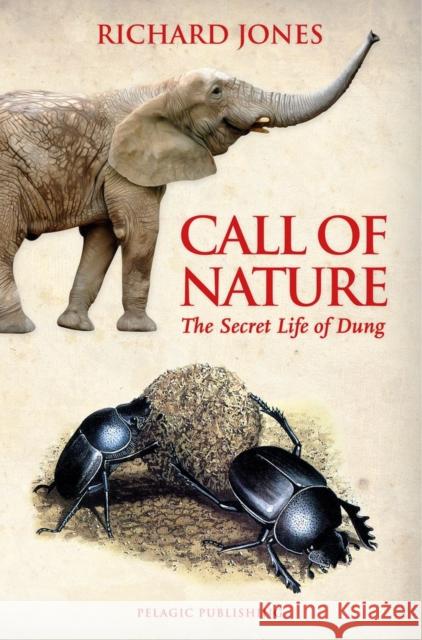Call of Nature: The Secret Life of Dung » książka
Call of Nature: The Secret Life of Dung
ISBN-13: 9781784271053 / Angielski / Twarda / 2017 / 303 str.
Journey through the digestive systems of humans, farm and wild animals, and meet some of nature's ultimate recyclers as they eat, breed in and compete for dung. The fall of bodily waste onto the ground is the start of a race against the clock as a multitude of dung-feeders and scavengers consume this rich food source. From the enigmatic dung-rolling beetles to bat guano and giant elephant droppings, dung creates a miniature ecosystem to be explored by the aspiring dung watcher.The author completes the book with an identification guide to dung itself, so that you can identify the animal that left it behind. Pellets or pats? Scats, spraints, frass, guano, spoor learn your way around different species droppings. There's also a dung-feeder s identification guide that includes the species you re most likely to encounter on an exploration of the dung heap.Editorial reviews "This book is a true gem and one that opened up a whole new world of natural history to me.... a best practice example of scientific writing." --Clive Herbert, London Naturalist"I love this book. Packed with scatological gems, it is a magnificent, highly entertaining and beautifully illustrated guide to the world of excrement. No bookshelf could be complete without it." --Professor Dave Goulson, Author of A Sting in the Tale, Founder of Bumblebee Conservation Trust"We all know that s**t happens. It's what happens to it afterwards that is really important - a beautiful book about the biological poetry of dung, droppings, scat and frass." --Nick Baker"This book would make a great addition to any entomologist's bookshelf and a thought-provoking read for anyone simply curious about cr*p. I'm just glad it's not scratch-and-sniff." --Alex Evans, Biosphere Magazine"This is a most thought-provoking, well-researched, well-illustrated and informative book full of interesting facts by a well-known author who knows his subject and, whilst obviously appealing to the dedicated coleopterist or dipterist, it also cannot help but be appreciated by the general entomologist." --John W. Phillips, British Journal of Entomology and Natural History











